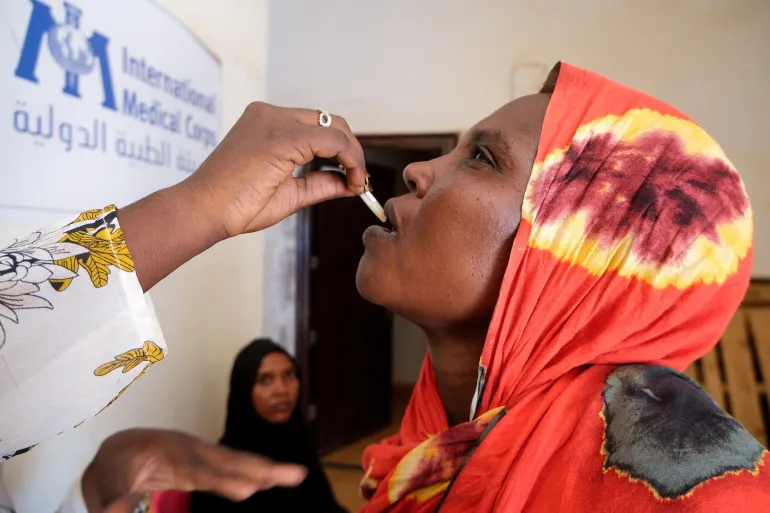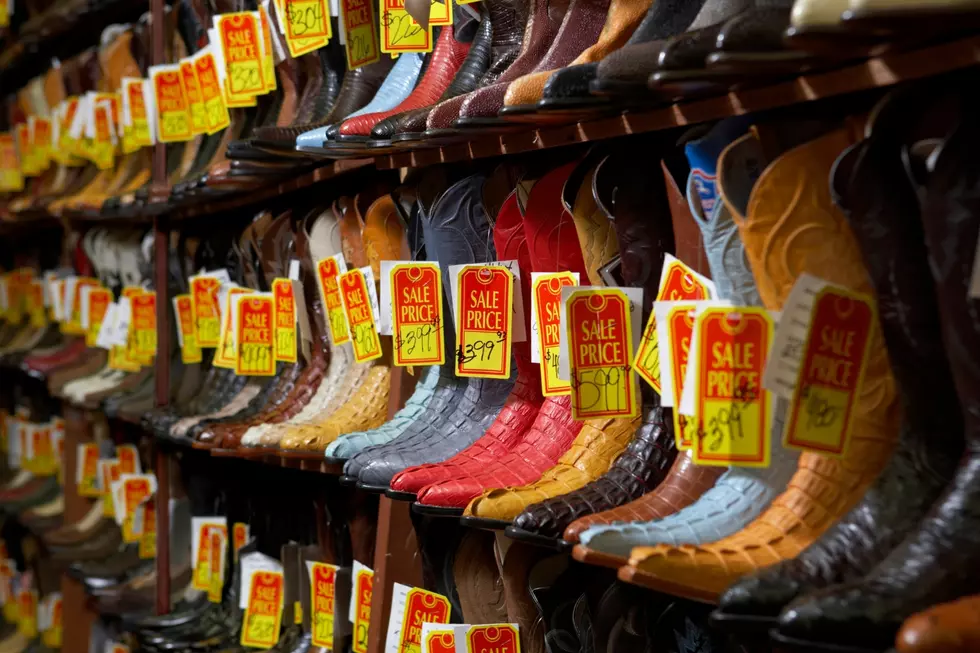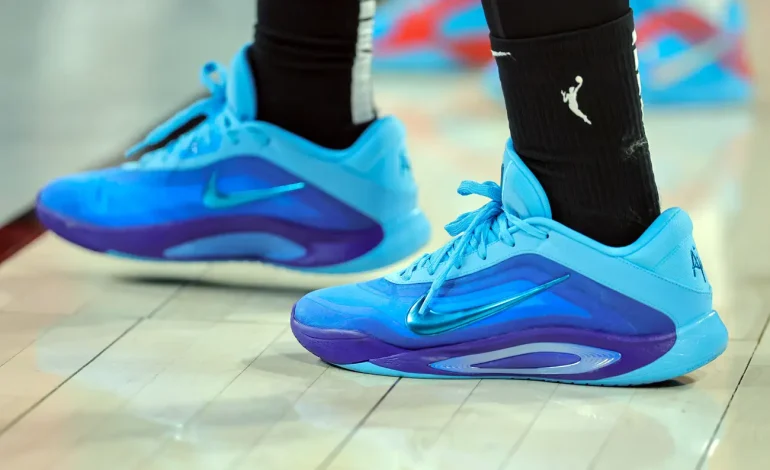Nike is preparing to absorb approximately $1 billion in additional costs tied to US trade tariffs, particularly those enacted under President Donald Trump’s administration.
The sportswear giant is taking steps to restructure its global manufacturing and pricing strategies to weather the financial impact.
Speaking during the company’s latest earnings report, Chief Financial Officer Matthew Friend described the tariffs as a “new and meaningful cost headwind.” He said Nike intends to “fully mitigate the impact over time” through a four-part strategy that includes diversifying manufacturing locations, implementing targeted US price increases, and cutting corporate costs.
Currently, about 16% of Nike’s US footwear imports come from China, but that figure is expected to decline to single digits by fiscal year 2026. Most Nike-branded products are produced in Vietnam, Indonesia, and Cambodia, and the company says it will optimize sourcing further to reduce its exposure to US-China trade tensions.
Nike has also announced a “surgical price increase” in the US market set to take effect this autumn. Friend emphasized that the company aims to minimize the burden on consumers while navigating the shifting cost landscape.
The tariffs come at a difficult time for Nike, which reported a 12% drop in revenue to $11.1 billion for the quarter ending in May—its lowest quarterly earnings in over three years. Despite the decline, results slightly exceeded Wall Street expectations.
CEO Elliott Hill, who returned from retirement last year, acknowledged the company is not satisfied with its current performance. He reaffirmed a commitment to returning to Nike’s sporting roots, saying:
“When we focus on sport, we win.”
Hill’s turnaround strategy includes reducing the brand’s reliance on lifestyle products and doubling down on athletic performance gear. The move follows a rocky period marked by an underwhelming shift to a direct-to-consumer model, which left room for competitors to reclaim shelf space at key retail partners.
Despite recent setbacks, investor sentiment showed signs of optimism, with Nike’s stock price rising more than 10% in early trading following the earnings report. HSBC upgraded Nike’s rating from “hold” to “buy,” citing potential in the company’s recovery plan.
Still, analysts remain cautious. Mamta Valechha, an analyst at Quilter Cheviot, noted that while the fourth quarter was Nike’s worst in at least two decades, it might signal a potential bottoming out.
“It has been a difficult period for Nike following the pandemic,” she said, adding that the tariff issue is adding further strain.
The Guardian and Business Insider contributed to this report.










The latest news in your social feeds
Subscribe to our social media platforms to stay tuned